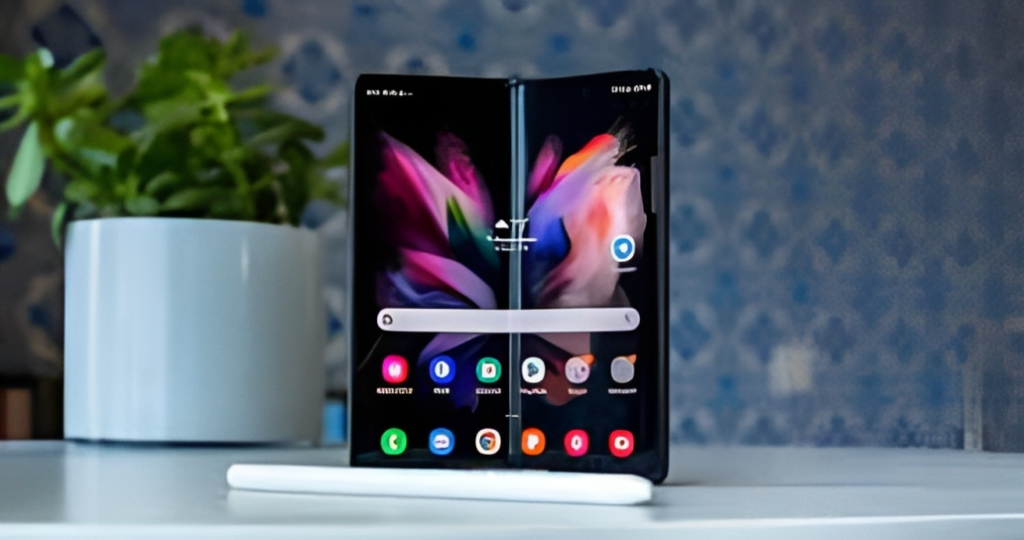In recent years, the advent of foldable smartphones has stirred excitement among tech enthusiasts. With the ability to offer both compactness and a larger display, they represent a significant leap in mobile technology. However, as is the case with any emerging tech, the question of longevity and durability arises. How do foldable smartphones stack up against traditional ones in terms of lasting power? Let’s break it down based on the available search insights.

1. Durability Concerns
A recurrent theme in discussions about foldable phones is their potential lack of durability. Due to their unique folding mechanisms, foldable phones might exhibit wear-and-tear signs like screen creases, air bubbles, and scratches more readily than their traditional counterparts.
2. The Price Factor
A notable disadvantage of foldable phones, especially in their infancy, is the steeper price point. Their innovative design, coupled with the complexity of manufacturing, makes them a pricier option compared to traditional smartphones.
3. Battery Battles
Given their more extensive displays and intricate mechanisms, foldable phones tend to consume more power. This heightened power consumption might result in a reduced battery lifespan, especially when contrasted with conventional smartphones.
4. Feeling the Heat
Overheating can be a concern with foldable phones, given the additional stress their designs place on internal components. This can lead to both performance hiccups and potential battery longevity issues.
5. App Compatibility
Since foldable phones are relatively novel, not all apps have been optimized for their unique display setups. This can occasionally hinder the user experience, particularly for tasks that rely on specific app functionalities.
FAQs
Q1: Are manufacturers taking steps to improve the durability of foldable phones? A: Absolutely. Many manufacturers are investing in research and development to enhance the durability of foldable phones, refining the folding mechanism, and using more robust materials.
Q2: Is it worth investing in a foldable phone now, or should one wait? A: It depends on individual preferences. If you’re excited about the latest tech and are willing to navigate the initial challenges, it might be worth the plunge. However, waiting will likely yield more refined and potentially more affordable models.
Q3: How do foldable phones’ warranties compare to traditional smartphones? A: Warranty offerings can vary by manufacturer and model. It’s crucial to compare warranty terms, especially concerning potential damage related to the folding mechanism.
Q4: Are there any apps optimized specifically for foldable phones? A: Yes, many app developers are working to optimize their applications for foldable phone displays, but it’s still a growing segment. Over time, we can expect broader app support.
Conclusion
The smartphone landscape is evolving, with foldable phones bringing a fresh, innovative approach to mobile technology. While they certainly offer novel experiences, the durability debate remains at the forefront. It’s essential for potential buyers to weigh the pros and cons, keeping in mind their unique needs and usage patterns. As with all emerging technologies, early adoption might come with challenges, but it also offers the thrill of experiencing the future of mobile tech firsthand.
